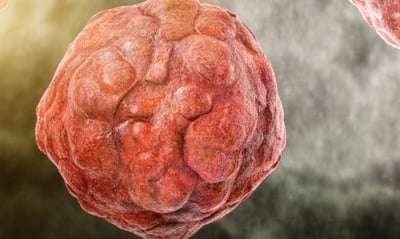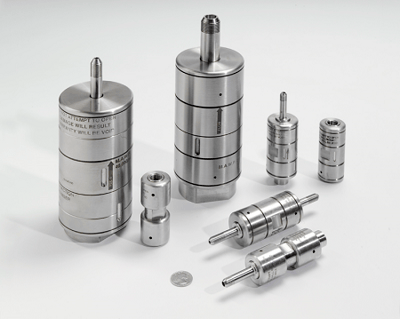When developing vaccine production systems, manufacturers have many targets to achieve.
Among these are critical safety challenges – such as making sure the vaccine is sterile – and product efficacy targets, such as maximizing antibody production in the patient.
Meeting these challenges can be invasive and costly. One method to create sterile vaccines is to complete the entire vaccine production under end-to-end sterile conditions. This is costly in terms of time and resource. The alternative is using an adjuvant that is sterile filtered which can also take resources to reach the right particle size because it’s critical to reach a precise particle distribution curve and droplet size.
Sterile filtration using nano-emulsions is the simpler option for creating sterile vaccines, plus, using an adjuvant also provides the additional benefit of improving antigen distribution in the patient.
Techniques for adjuvant development
To prepare an adjuvant formulation that is capable of being sterile filtered is a lengthy, repetitive process . Many passes through the equipment are required to achieve the uniform particle sizes and distribution required for an effective vaccine adjuvant.
At Microfluidics, we are experts in working with materials at the nano level, and help manufacturers harness the power of high-shear processing to improve their vaccine adjuvant production systems. Our technical excellence and superior production equipment will help you reduce the time spent processing adjuvants to achieve the correct particle size reduction ready for sterile filtration.

Vaccine production system technology
So how do we manage to achieve formulations ready for sterile filtration so easily? Simple: we use our superior Microfluidizer® processors.
Our industry-leading vaccine production equipment converts fluid pressure into high-shear forces through fixed-geometry Interaction Chambers™.
Material passing through the Interaction Chambers™ is exposed to extreme shear rates, meaning particle size reduction is more rapidly and efficiently achieved when compared with conventional high-pressure homogenizers. The conditions in the Interaction Chamber™ yield consistently tight particle size distribution curves in the processed product from a low number of passes through the equipment, meaning sterile filtration can be achieved more quickly.

Microfluidics supports your vaccine production
We use our technical excellence to support you in developing sterile filtration of adjuvants as an efficient vaccine production system.
Our superior equipment processes every microliter of material under the same conditions. The fixed Interaction Chambers™ ensure consistent, replicable processing, allowing you to focus on achieving the correct formulation. Microfluidizer® processors use less energy to achieve the target adjuvant properties. In same energy input, compared with an HPH, Microfluidizer® technology's emulsions were up to 55% smaller.
What’s more, with our cGMP-approved Microfluidizer® processors, scaling up from the lab to full production is seamless. To scale up, simply increase the number of microchannels within the Interaction Chambers™ on the processor.
Finally, our commitment to efficient processing means our technical team will work with you to find the exact equipment solution for your application. With Microfluidics, you buy more than simply vaccine production systems: our technical team will draw on their decades of experience to give you bespoke technical support throughout the product lifecycle.
To learn more about our Technology for Scalable Vaccine Development and Production or for further related resources please click here.
Posted by
Matt Baumber
